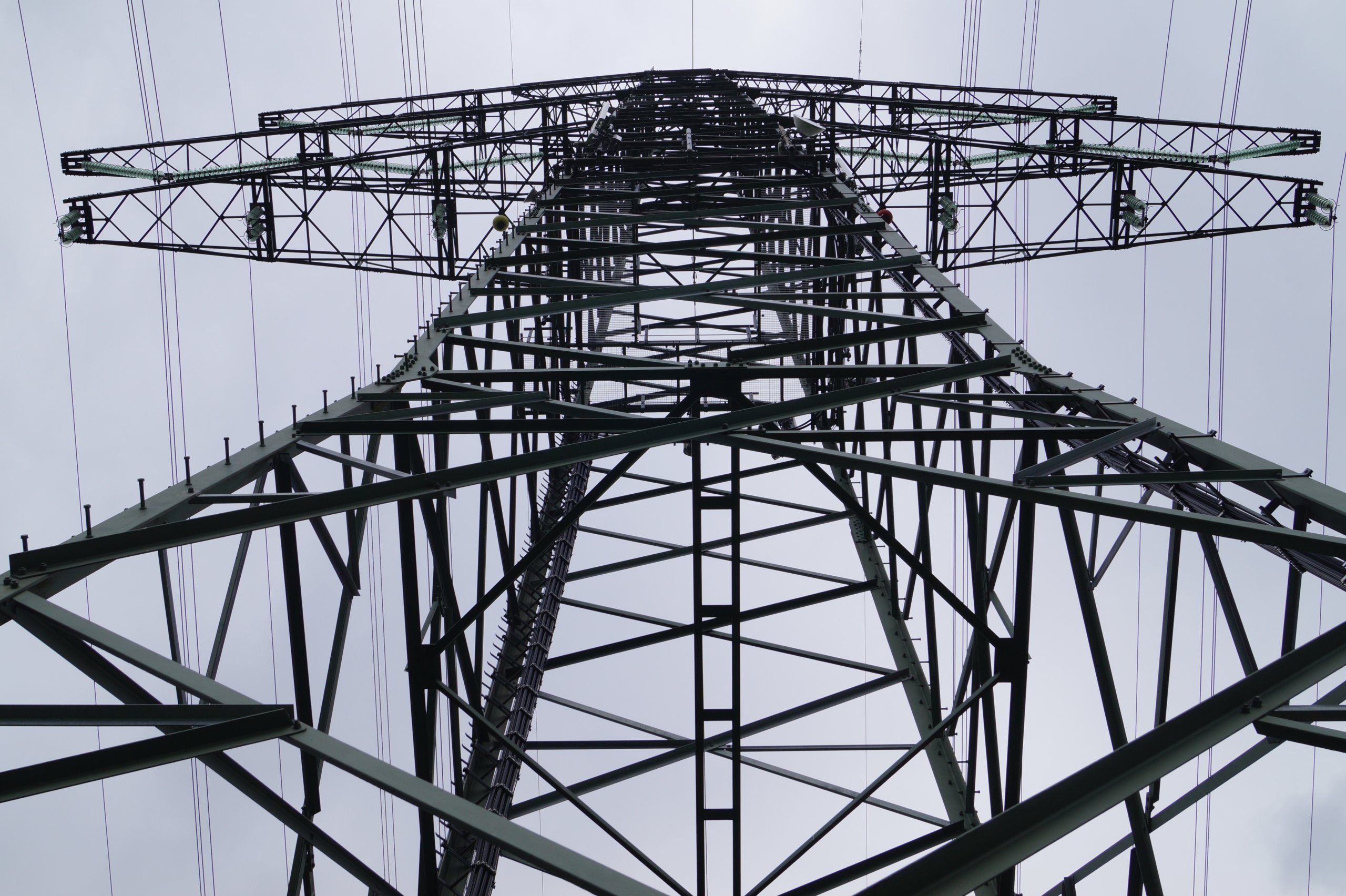Workplace injuries in New York are so common that news sites dedicate entire sections of their websites to updating workers about workplace injuries.
And when it comes to workplace electrocutions, the numbers are similarly grim. According to the CDC:
- 77% of workplace electrocutions from 2012 to 2017 occurred to workers employed in construction trades
- 60% of electrocutions occur from direct contact with electricity
- Besides fatalities, electrocution accidents accounted for 1,900 incidents in 2019, which rose by 22% from 2018.
Instead of becoming a statistic of electrocution accidents yourself, it’s time to be aware of the most common situations that lead to workplace electrocutions. This is the first step to mitigating your job risks because fatal occupational injuries are not an inevitable part of your job.
Let’s take a look at your rights, your employer’s responsibilities, and how you can protect yourself from this type of workplace hazard.
What are the Most Common Workplace Electrical Hazards?
166 — according to data collected by the United States Bureau of Labor Statistics, that’s how many individuals died from a fatal electrocution injury in 2019 alone. That’s also the most recorded since 2011, and it represents a 3.75% increase in fatalities from 2018.

And it’s not just direct contact with or exposure to an electrical current. The most common workplace electrocution incidents occur for a variety of reasons. These fatal occupational hazards are often situational — for example, a construction worker leaving an extension cord too close to a wet area.
Overall, there are seven common types of workplace electrocution hazards you may encounter:
- Overhead power lines — Even if you’re not on a construction site, you may come into contact with overhead power lines. These energized lines have high voltages, causing shock injuries and significant burns to workers.
- Damage to tools and equipment — Damaged electrical equipment may not always be evident initially, but that’s why you need to be cautious. Cracks, cuts, and abrasions on cables, wires, and extension cords can instantly cause an electrical shock.
- Overloaded circuits — A mismatch between the currents and wires that are not the right size can trigger overheating and fires. Failing to assess and work with the appropriate electrical load correctly can also overload an outlet and circuits, resulting in fires.
- Exposed electrical parts — This includes temporary lighting, detached insulation parts, or open power distribution units. These parts need repair or replacement right away.
- Lack of grounding — This is a notable Occupation Safety and Health Administration violation. Workplace supervisors need to use the metallic ground pin to return unwanted voltage to the ground and reduce an electric shock risk.
- Insulation damage — Like bad wiring, damaged insulation can cause electrical burns. Sometimes, a worker will use electrical tape to cover the insulation, and this can lead to further injuries.
- Wet areas — Operating electrical equipment near a wet area is never a good idea. Just think about an extension cord that potentially could be pulled, yanked on, or tripped over, which could then lead to contact with water. If you haven’t checked your equipment for damage, it could lead to significant harm, and even fatalities, to workers.
These hazards should also help you shed some light on the kinds of electrical injuries you may incur. Your employer’s safety standards should address these issues using approved work practices like inspections, lock out tag out (LOTO) procedures, and fire risk assessments.
Who Is At Risk for Workplace Electrocutions?
The most apparent occupations that experience a risk of electrocution are construction workers. Overhead power line installers, electricians, heat A/C mechanics, and telecom-line installers are other occupations that pose a clear risk to workers.
However, several other people may come into contact with electricity because of their daily jobs.
In some ways, these people are at even greater risk because their employers may not have provided them with safety training to help avoid an electrical injury. Examples of occupations and industries that present the risk of electrical injuries to a worker include:
- Painters (as they often work with construction workers and around equipment that could cause accidents)
- Plumbers
- Carpenters (due to the use of power tools)
- Drivers of dump trucks
- Roofers
- Technicians working for manufacturers
- Brickmasons
- IT workers in an office
- Transportation and materials movers
- Agricultural workers

The CDC also found that, for non-electrical workers, the main causes of electrocution were instances involving underground power lines. These lines were either not de-energized, or they were left unmarked or unprotected.
Workers in non-electrical industries didn’t know how much of a clearance distance to maintain from power lines — which, for safety, should be at least 10 feet. And being confined in a small space like a basement or a crawl space with damaged power cords significantly increases the risks of electrocution injuries.
Six Types of Electrocution Injuries
The risk of electrocution injuries faced daily by both construction laborers and non-electrical workers takes on three different faces. Regardless of whether you’re on a construction site or not, statistics show that the three most common electrical injuries include:
- Electric shocks and burns through high-voltage lines and equipment
- Severe burns to the skin from explosive gases ignited by electrical equipment
- Injuries to the human body after the jolt from an electrical shock causes a worker to lose balance, leading to pain from fractures (due to falling off ladders, for example)
- Damages to your neurological system resulting in sweats, nerve pain, headaches, insomnia, etc.
OSHA identifies a total of six kinds of electrical injuries that could result in workplace fatalities due to machinery, a lack of knowledge, inadequate training, and more.
1) Burns
You may be at risk for electrical injuries from burns through direct or indirect contact through a sudden, nearby release of electrical energy.
2) Electrocution
You’re at risk for electrocution if the amount of electrical energy you come into contact with overpowers the human body.
3) Shock
Small but painful, shocks are the body’s response to the passing of an electrical current. However, a high current can cause an electric shock that could result in burns or injuries to the brain.
4) Arc flash/Blast
An arc flash or a blast is a release of electrical energy in the air. This may occur when there’s a notable voltage gap between conductors. Data shows temperatures can reach as much as 35,000 °F.

5) Fire
All fire needs to start is a spark from old or bad fixed wiring, and that’s doubly true on construction premises. Even an office presents this risk to IT workers who may come across faulty or exposed wiring on outlets, a plug, or on certain electrical devices.
6) Explosion
When electricity comes into contact with explosive material in the air, it could lead to an explosion.
No matter what industry you’re in, electricity likely plays a role in powering your equipment. This BE SAFE” acronym designed by OSHA reminds all workers about prevention and protection against common electrical hazards. Remembering this could save lives, prevent a disability, or reduce the chance of an avoidable accident.
Who is Responsible for Workplace Electrocution Injuries?
The fact is that nobody’s work should present the potential of unwarranted fatalities and deaths. Depending on the severity of the electrical injury, you could be putting your body, brain, and even heart at risk for a situation that could take months, if not years, to fully recover from.
If you ask for advice about electrical injuries from a lawyer, the burden of maintaining safety in areas is not something you can immediately determine. In other words, who is responsible for workplace electrocution accidents depends on the situation. You’ll need to consider how it happened, what was provided, what was missing, and why.
For example, electrical injuries and accidents commonly occur due to:
- Employers (especially those in the construction industry) failing to provide adequate prevention and safety training
- Not following OSHA or National Electrical Code (NEC) requirements to secure areas
- Not wearing the right or enough PPE (perhaps because PPE wasn’t provided to you and that was a promise your employer made)
- Failing to implement the proper safety equipment or performing a timely repair or maintenance to faulty components

You may need to take a survey of the circumstances around the electrical injury you experienced at work and assess the cause:
- Did your employer not provide adequate safety training? It’s their responsibility to do so.
- Are you a subcontractor in the construction industry who personally failed to follow the safety procedures for working with electricity? You could be held liable for the injury.
- Did a property or building owner fail to adhere to the codes or standards for their electrical system installation and safety? They should be held responsible.
- Did the city or county government fail to properly mark the location of underground wires, which then led to deaths? That’s not your fault.
- Did the manufacturer of defective appliances or equipment fail to quality-test their product? If it causes fatalities or electrocution injuries at work, they are financially and legally responsible.
If you or a person you know has been the victim of a workplace electrocution accident, you’ll learn about negligence” and the role it plays in determining who’s at fault for an electrical injury.
As part of legal consultation, your attorneys will determine whether it was employer negligence, employee/contractor negligence, the premises owner, etc. whose negligence led to the injury.
Now, keep in mind that even if you’re partially (or completely) responsible for the electrical injury to yourself, you’re still eligible for workers’ compensation. This applies to all workers in New York, regardless of how the injury occurred.
However, during the attorney-client relationship, your legal counsel will also help you determine whether you’re entitled to recovering financial compensation from third parties. Filing a lawsuit in this way depends on the severity of your injuries and the circumstances of the situation.
Conclusion
Nested right in the causes of electrocution are solutions to these preventable injuries or fatalities. Employers, contractors, and premises owners can avoid these issues through:
- Securing power lines using industry-accepted practices
- Protecting all power cords
- Investing in contractor safety courses
- De-energizing high voltage lines
- Improving the recognition and marking of electricity hazards
- Inspecting, cleaning, and performing maintenance on all electrical equipment
In the construction industry, fatalities and deaths due to electricity are the norms that we accept as necessary hazards” of that industry’s workforce. But no business should put you at risk for an electric shock, injury, or even death.
As any lawyer will tell you, the law protects victims of any work-related injury. However, not every lawyer will be able to represent you and fight relentlessly for your needs successfully. This is what ensures that you receive the highest financial compensation your case deserves.
At Schwartzapfel® Lawyers, our experienced attorneys bring over 30 years of fighting and winning to work for your case. To us, your injury is personal and preventable. Our attorneys don’t charge fees until we win, and our process ensures client satisfaction on all electrical injury cases. Experience the Schwartzapfel® difference today when you schedule a one-on-one consultation with our attorneys. We win when you win — it’s that simple.
















